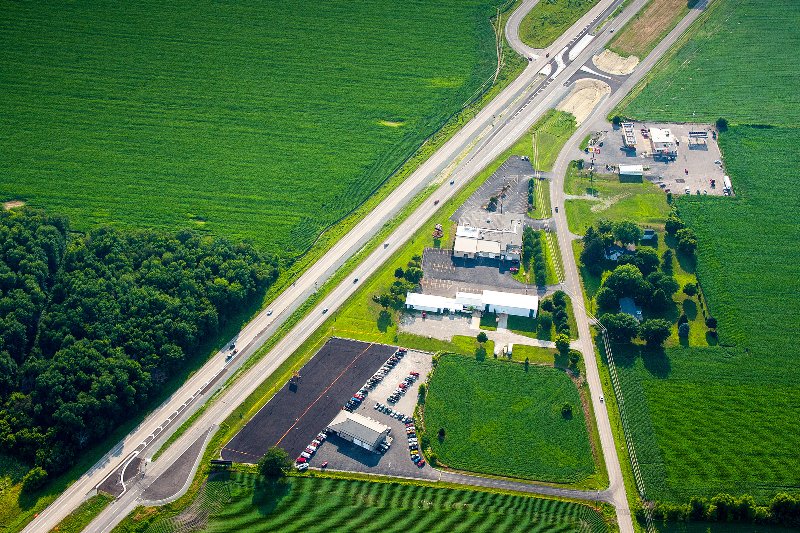I know Wisconsin is peppered with them now. My sister-in-law works at the 911 center and is a huge fan as there are minor accidents at intersections now but not the T-bone type that causes death or disability... so she claims they are MUCH safer.
Now of course nothing is safe if people don't understand how to use them...and I know that causes issues. I can hope that people will get use to them and it will settle down.
Just be glad you don't have J-hooks. I call them like death traps, they are forcing you to make a U turn on the highway..with no graceful entry lane, your just "on" the highway. See how tiny the turn area is in the lower left hand corner.. btw, its a 65mph highway.


